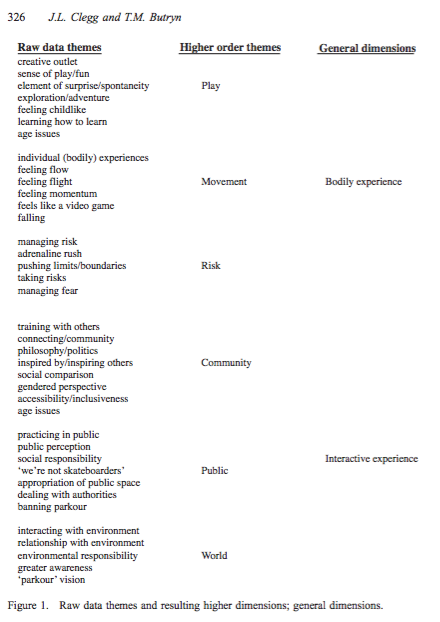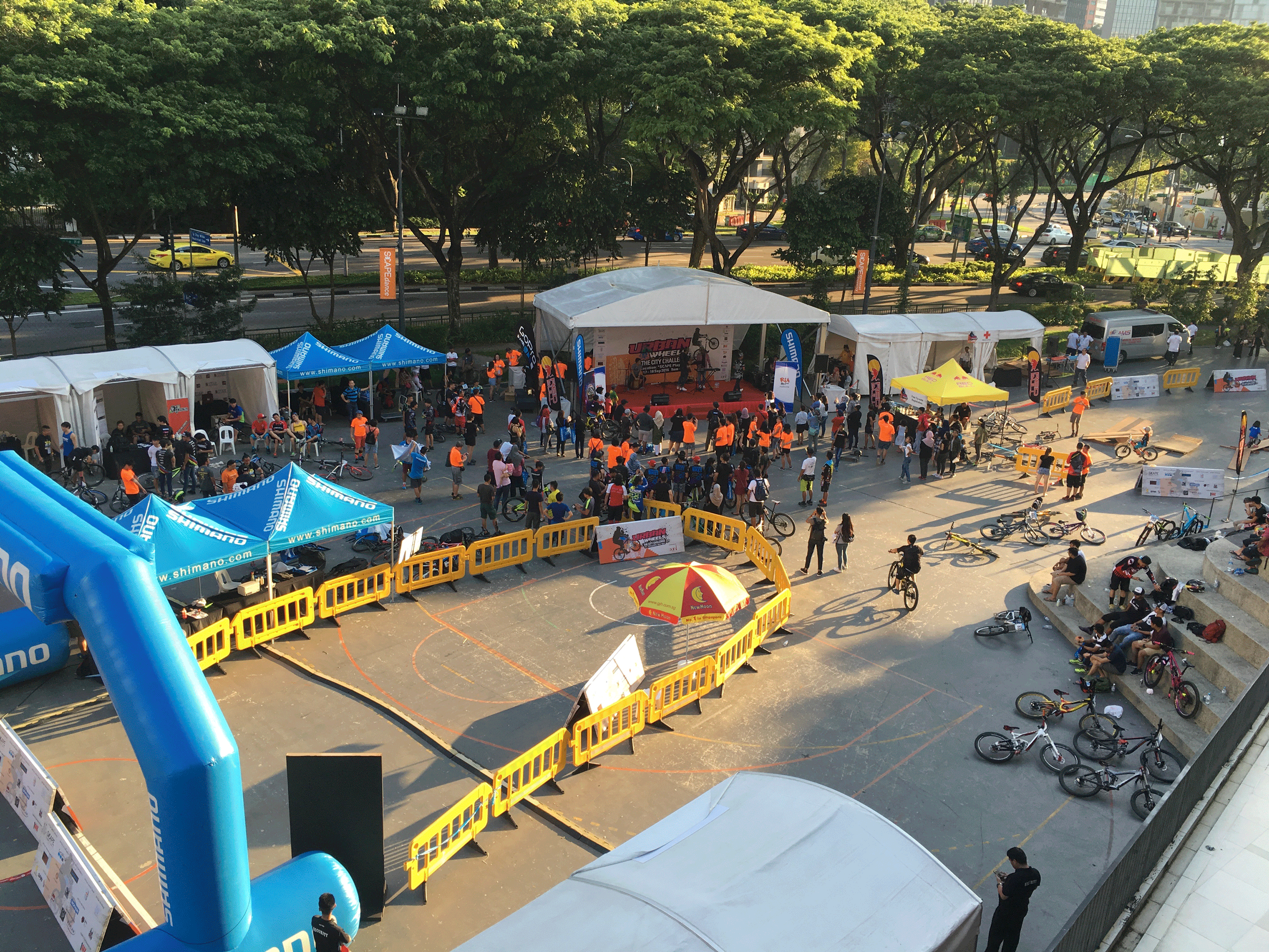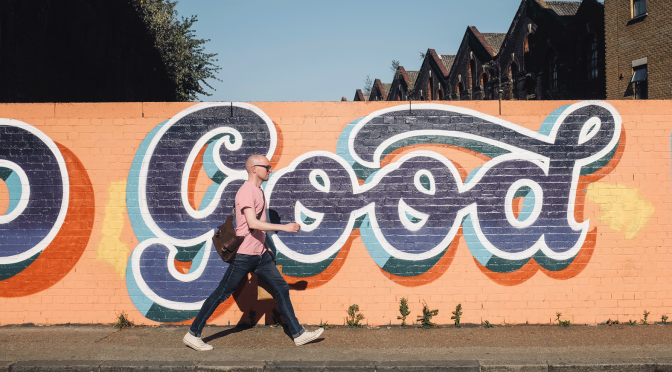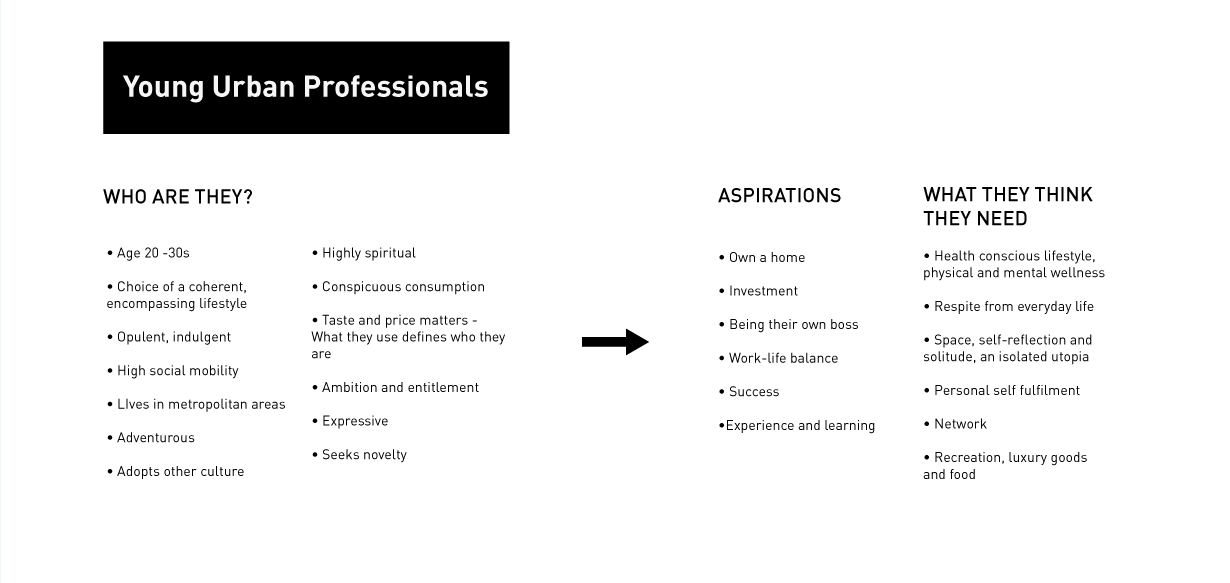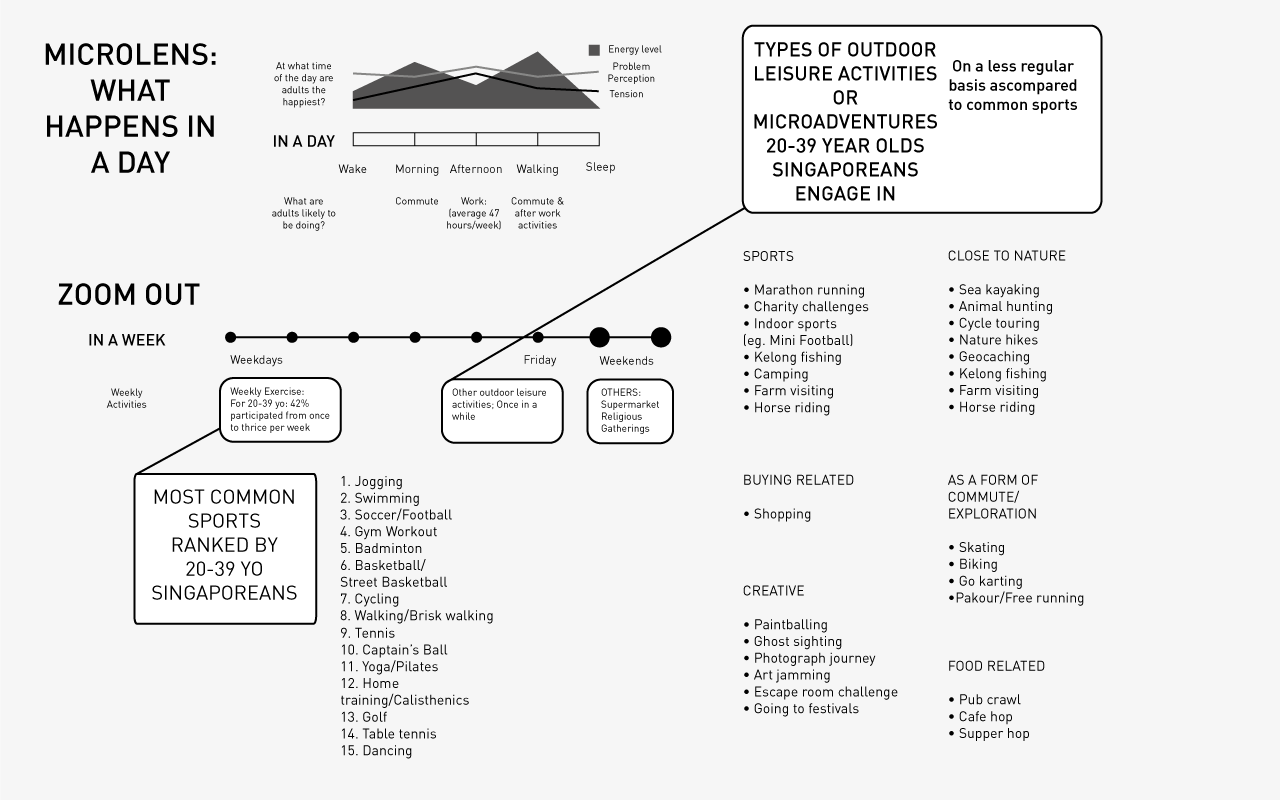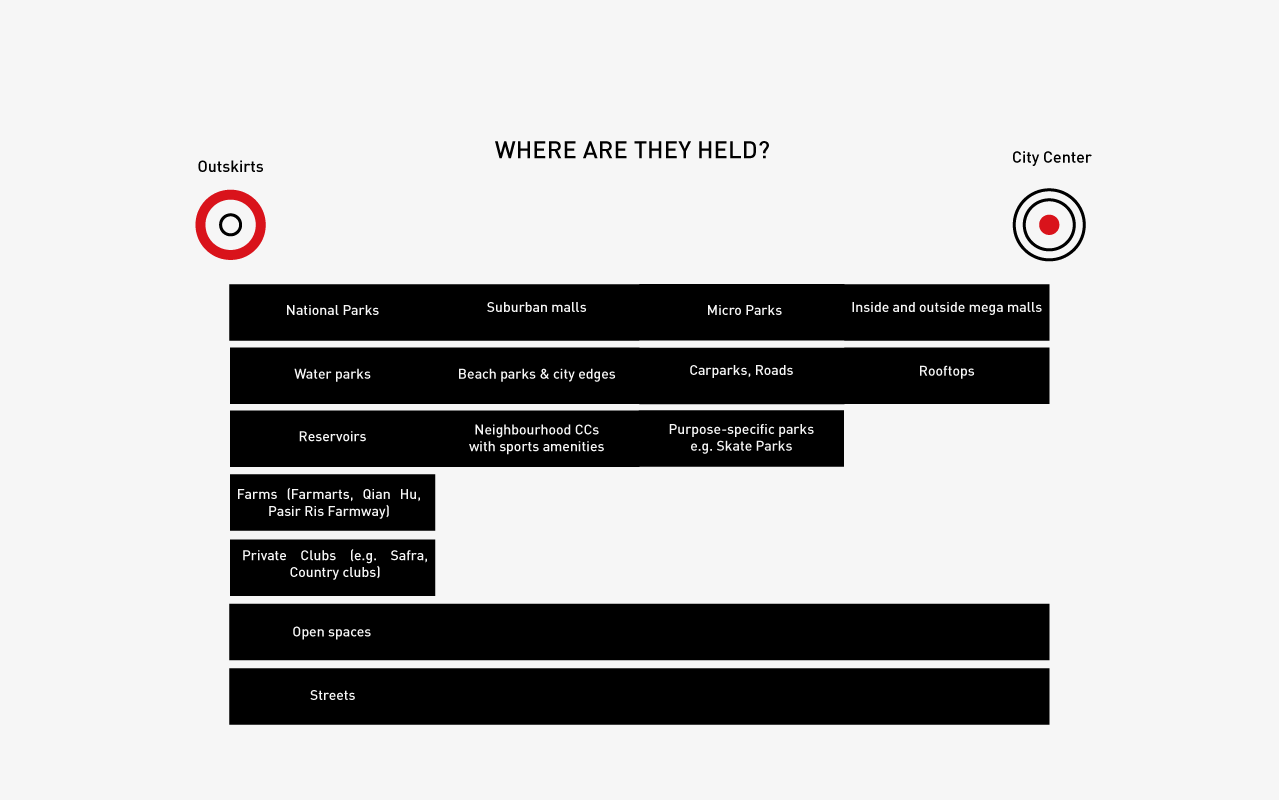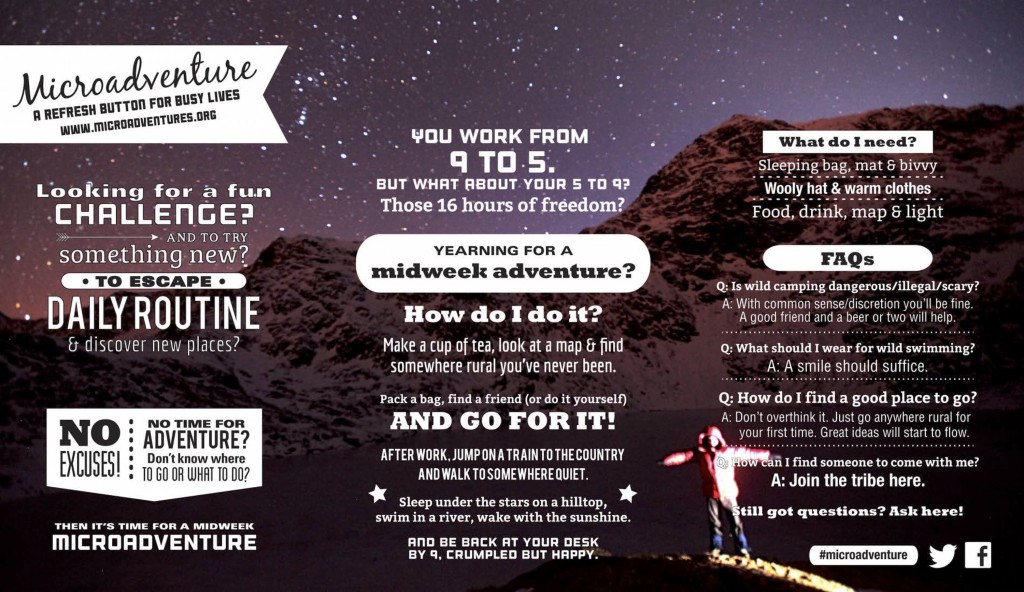Over a two-day period, do the following:
DAY 1 – create a diary of when, why and what you use your mobile device for. Observe how others are using their mobile devices. What are the most common uses and where do you see these behaviors?
Day in NTU
AM 6.45: My mobile phone woke me up with the sounds of my favourite ringtone, I kept it quiet for another 10 minutes. Woken up from my slumber, I picked my phone lying right next to me and brought it to the bathroom, and proceeded to play Spotify’s Wake Up playlist while I prepare myself for the day.
AM 7.30: The alarm rings again to tell me that I should be leaving the house.
AM 8: I peeped over the shoulders of others using their phones while I prepared myself for presentation with the Notes in my phone. They were: scrolling through articles, reading social media updates. Most had their headphones plugged in. In all honesty, the sight of people “plugged into” the worlds within the tiny screen looks frightening to me. I was guilty of being one of them. However, I made no notice of that.
AM 8.30: I got a seat after transiting trains, finally, this time, the train direction is towards the suburban areas. Whipping out my laptop, I read some files which were too large to fit into my phone and then proceeded to edit them. Engrossed in my work, I glanced up to notice that most middle-aged men and women were looking out of the windows. Perhaps on my earlier train ride on the northeast line, people were drawn to use their phones because there was no engaging window view. Some were catching Pokémon.
AM 9.30 I touched my phone to receive updates from my messages. When I did so I zoned out into my own world. Guilty of distraction.
PM 12 Brought my phone out for lunch. When I am engaged in talks, I glance occasionally glance at the updates. But do not reply them.
PM 3 I thought I replied the messages I have received. But I didn’t. So I replied all of them.
PM 4 I used my phone and laptop to buy equipment online from the US and SG warehouses. Mobile phone to contact the suppliers for immediate information, and it was done within 10 minutes.
PM 5 Proceeded with my friend to town to get other materials for a freelance job. Used my phone to check for opening hours of the shop I intended to go to. At the shop, I sent pictures of items to my friends so as to allow them to see and know what I am purchasing.
PM 8 Going home alone, I gave myself into Instagram, Facebook, Twitter, Dayre, Spotify, Soundcloud, and online shopping for an outfit for an event.
PM 9 onward: I almost do not touch my phone for other purposes other than to chat with my friends on Whatsapp and FBM. My staple device at home is my laptop. I spend most of my productive hours using my laptop for school assignments and projects, and an occasional dose of video streaming on couchtuner.com and youtube.com.
My mobile devices maximise my productivity. I’m rarely satisfied and constantly crave for more information, I feel distracted. When I felt unmotivated, I look for connection and fresh information to stimulate my mind. Mobile technology provides me with the internet almost all the time to source for information anytime at almost anywhere.
I felt that it is difficult to gauge the most common uses by others because of the habits – I would categorise them into Communication, and Entertainment. I think that people around me use social media on a higher frequency than myself, like when they are waiting for someone, using the washroom, etc. Mostly while waiting, travelling. Like the article by Jan Chipchase, most would gravitate to the search button when they are looking for information that they need in order to be productive at work or school.
DAY 2 – Do not use your phone, computer or electronic device for 24 hours. Create a diary documenting and describing the difference in your behavior patterns. How did you do the things you would normally do with your phone? What other alternative behaviors did you develop? What else did you notice about the difference in behavior?
Sunday 18 September 2016
10 a.m. to 10 p.m.
To set this day aside for the experiment required much planning and “priming”. The week prior to the set date, many questions came to my mind: How should I spend this day? The natural thing to do would be to plan a day at home, or a trip alone, because of the hassle of meeting someone from another location. I wanted a challenge to do that, hence I planned a day out with a friend who gracefully accepted the challenge and introduced another element of fun – whoever uses the phone first would owe the other a scoop of ice cream at the end of the day. We picked a place that was difficult to navigate, without much care about the consequences (oh no, to preempt this it did not end up well, my good idea to conduct the experiment on this day.) I thought about the what-ifs as well: What if I couldn’t find the coffee place we intended to go to, what if my friend is late and could not let me know because we could not use our mobile devices. Should we limit the interaction we have on that day to people who do not need to use mobile devices as well?
The night before the meeting I checked the directions for the place I was going – Les Patisserie at Upper Thomson Road. I contemplated printing the map out. It was a hassle hence I decided to rely on memory and my below average sense of direction because it is only my third time going to the place.
AM 10
The next morning on my journey, it was awkward not to use my phone on public transport. Perhaps, by telling you my chain of thoughts on my journey in the next paragraph it could reveal so much more than I noticed: Firstly, I am quite the scatterbrain with my random thoughts, ideas, and questions, which I fulfilled on other days by recording it in the Notes App, and searching it up on Google. (I calculated the number of times I gravitated to the search bar on the day – at least 15!) Secondly, the mobile phone felt like an extension of my body. It almost felt like an extension of my body language, and I felt awkward when waiting for transport. What do I do with my hands?
My chain of thoughts: Perhaps I should people watch. Am I staring too much? Perhaps I should look at the floor. What are people thinking of when they stop using their phones? Perhaps I should stand closer to the digital announcement board in the train station. My arms are hanging awkwardly at my sides, I will fold them – wait a minute, that body language is not great – how to I behave normally??
(Upon arrival) I have to double check on the route to Upper Thomson Road and memorize it. Unsure of the way to read maps without a compass, I memorized the relative direction to landmarks. At a junction I asked for directions with a planned excuse so as to not raise eyebrows – my phone ran out of battery power.
There lies the second challenge. How do I locate my friend? How do I know if somebody has overslept? What if, I have to wait for hours and waste a day in a place like this?!
I had trouble locating the cafe because I did not know how it looked like. I searched for signs but there were none around the row of shophouses, and some shop houses do not display their unit numbers. Somewhere along the way people have taken our access to mobile technology for granted that locations do not design themselves to be navigated WITHOUT mobile phones. It will be great to go to a place which is easy to navigate without mobile devices – that will leave some space in my mind to experience the journey.
For safety reasons and emergencies I brought my mobile phone. I received a call at 11.30PM from my friend, telling me that she has overslept. I sat at a coffee junction to people-watch and pass time for about half an hour while waiting for my friend to reach.
PM 12.30
Without the distraction of mobile phones, conversations can be more engaging than usual. I realised that mobile phones are really important visualising tools in a conversation. (For fun’s sake, we repeatedly tricked each other into using the mobile phones placed within line of sight.) If we could use our phones, we would: Facebook stalk the people we are chatting about, find photo references for the things we talk about to make sure that we are on the par with each other, find new topics to make interesting conversations, find places of interest for our next stop, to check on our appearances (for people with braces, to check whether we get food stuck in our teeth with the camera app).
To make up for the loss of visual aid, we – describe our friends’ appearances in detail, list out mutual friends, explain things in detail, instead of saying “you will know why I said this when you see it”. walk aimlessly sometimes, and took long cuts instead of shortcuts while wayfinding.
Occasionally we caught ourselves pushing the home screen of our mobile phones to check on the time when conversations are getting less interesting. Although we were wearing watches. (Score 2:1) So we kept it away.
Aimlessly walking, we found an alley we wanted to explore. I kept it on my mind as a mental picture. I thought about how good it would look on Instagram with filters. What if Instagram and filters do not exist? What I see would be what I get.
Having a time-out from technology gives me a short window to collect my thoughts and feelings at the end of the day. Mobile technology has become a very important part of a conversation to make things interesting (which is something I did not expect at all).
PM 5.30
Dinner time. Instead of looking for food promos online, I looked at stands in detail.
PM 6.30
Movie time. I had to talk to Suntec’s Cathay to book tickets instead of buying it online.
PM 11.30
Not knowing what time the last train leaves the station, I rushed to the station to find that it has not left. I was exhausted from walking more than usual, and fell asleep on the train home.
